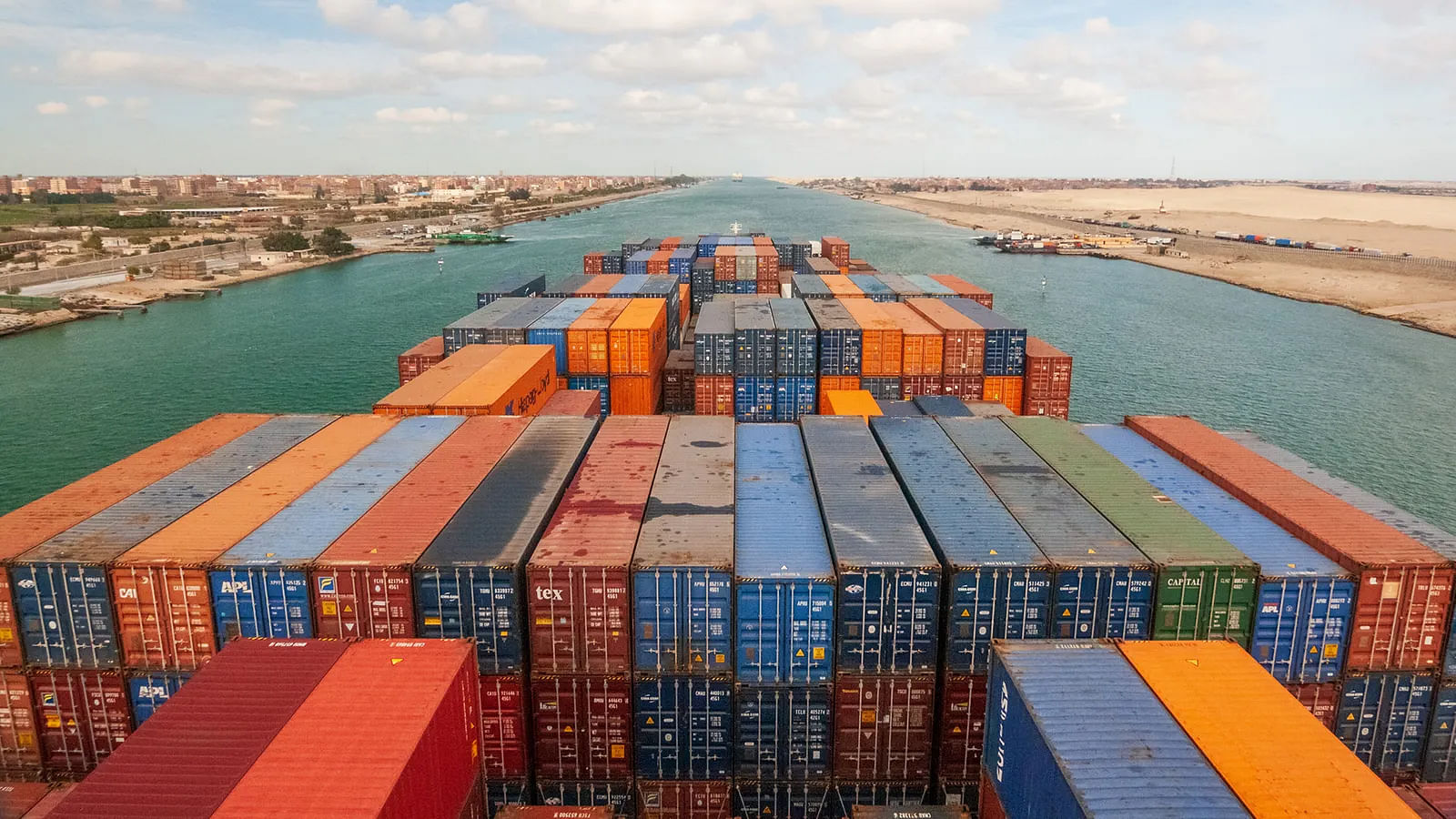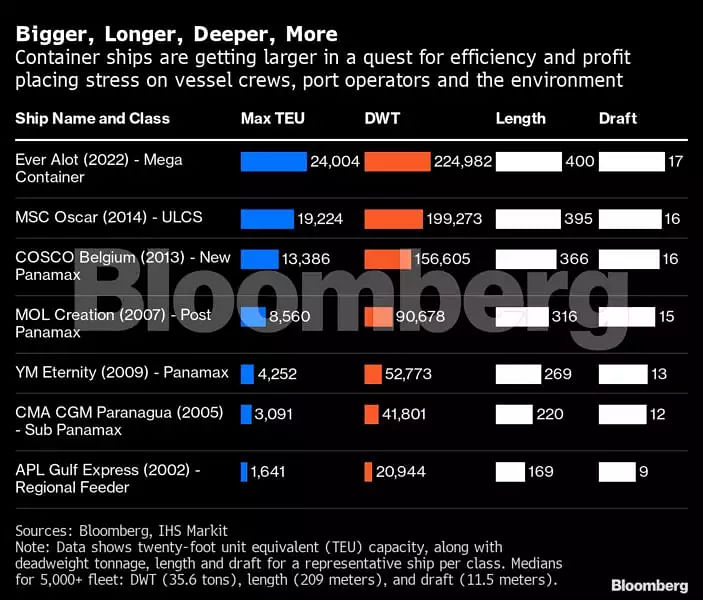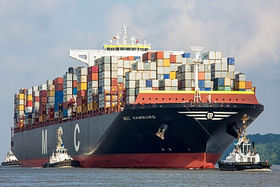Mundra Port, the flagship port of Adani Ports and Special Economic Zone Ltd (APSEZ), has achieved a significant accomplishment by berthing the MV MSC Hamburg, one of the largest container ships in the world.
Built in 2015, the 399 metre long and 54 metre wide container vessel, MV MSC Hamburg was anchored at the Adani Ports Mundra on 2 July 2023.
The MV MSC Hamburg, has a carrying capacity is 15,908 TEU and her current draught is reported to be 12 metre. The vessel dimension equals four football fields, APSEZ said in a statement.
“Mundra anchors one of the longest vessels. MV MSC Hamburg vessel dimension equals 4 football fields,” it said.
Interestingly, the historic event took place in the same month when the Geneva-based Mediterranean Shipping Company (MSC) and Adani International Container Terminal Pvt Ltd’s joint venture completed 10 years.
Why Large Ships
Container ships transport a combination of two standardized container sizes known as 20- or 40-feet equivalent units, abbreviated to TEUs and FEUs.

The containers are carried in cellular holds and stacked on the ships hatch covers and upper deck. The contents of the containers can be non-perishable, or perishable, with the latter often being carried in refrigerated containers.
Container ships have grown significantly in size in over the last 20 years, in 2002 a large container ship would be able to carry approximately 6,500 TEU, today the largest containerships can now transport nearly 24,000 TEU.
The Ever Alot ultra large container vessel is the largest container ship in the world to date. Built by Hudong-Zhonghua Shipbuilding, a subsidiary of China State Shipbuilding Corporation (CSSC), the Ever Alot has a capacity of over 24,000 TEU, the first container ship to surpass the mark.

Ultra-large ships provide economies of scale, thereby reducing the per unit cost of manufactured goods for the consumer. The environmental cost is also low, with container ships emitting an average 80 per cent less carbon dioxide.
Significance
However, these vessels stretch the limits of even the world’s largest ports.
To load and unload containers, cranes must reach across the vessels. Container ships also have to turn, pass through locks and canals — including the Suez and Panama canals, which have size restrictions.
It’s crucial that vessels avoid running aground, too. In some ports, the largest ships actually sit so deep in the water that they touch the bottom and glide through the silt rather than float above it, says Stavros Karamperidis, head of the Maritime Transport Research Group at the University of Plymouth.
As such, the berthing of MV MSC Hamburg at Mundra port signifies two things — excellent port infrastructure as well as operations and efficiency.
APSEZ Mundra Team ensured and facilitated accurate predictions for the clearance required to berth the ship safely by factoring in all the complex conditions of the vessel and live weather conditions.
The significance of the achievement can be gauged by the fact that most US ports are not big enough to facilitate the largest container ships. Only a handful of ships with capacities approaching 20,000 TEUs have ever called US ports.
Also, it is not the first time that the Mundra Ports achieved such a significant feat in the maritime transport sector.
In 2021 APSEZ berthed the 13,892 TEU APL Raffles, the largest container vessel to call at any Indian port. The Singapore-registered vessel had a length of 397.88 metre and a breadth of 51 metre.
Is It All Good
Barring Mundra, the country has been unable to attract bigger container ships due to inadequate port infrastructure.
Global vessel sizes have significantly increased in the last decade, and most mainliners typically prefer calling at ports with at least 18 m draft. To that end, the availability of adequate draft has become a crucial factor in attracting shipping lines
The only exception is Mundra which is one of the deepest drafts amongst the ports in India having depth upto 17.5 m to handle dry bulk break bulk and liquid cargo.
“The existing port and terminal infrastructure in India do limit the possibility of utilising the full strength of ultra large vessels,” said AP Moller-Maersk A/S. Some factors include “the draft in the ports, cranes at terminals used for loading and unloading cargo, port throughput capacity”.
The other thing to consider, according to Maersk, which is the world’s second-largest container shipping line, was that Indian importers and exporters are spread across the country, and it is more cost and time effective to send and receive cargo through a port closer to their operations.


